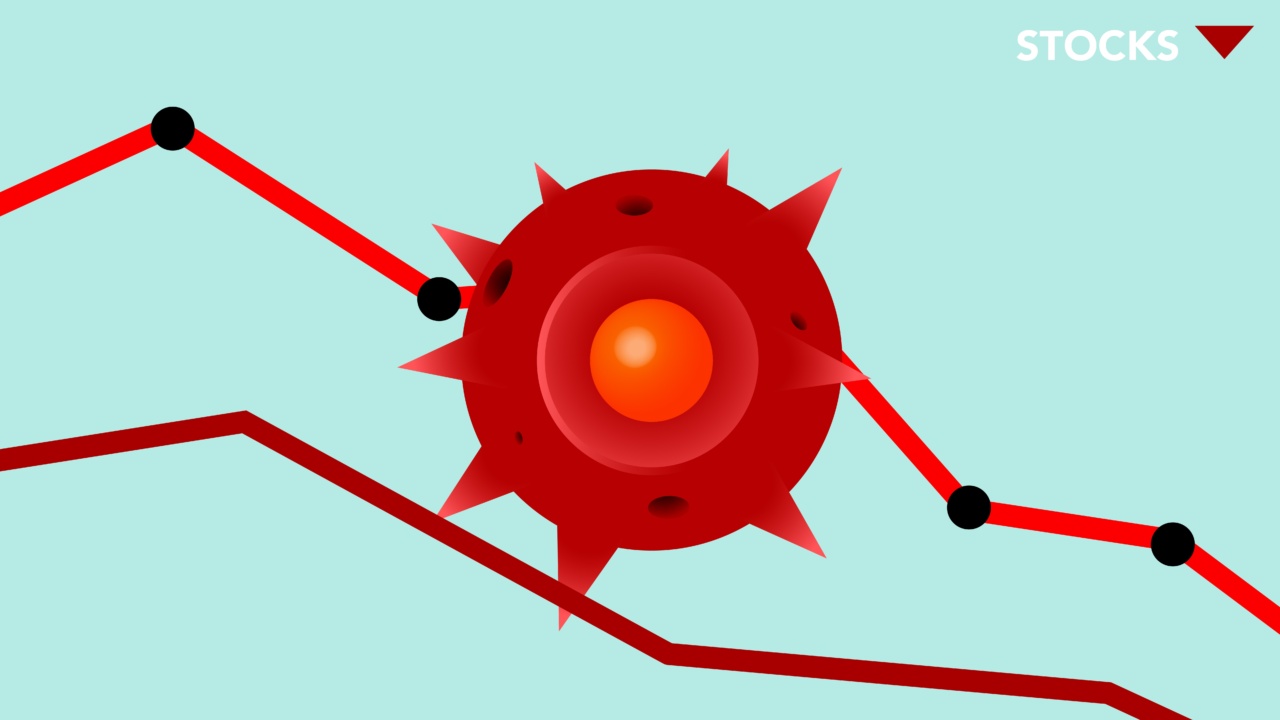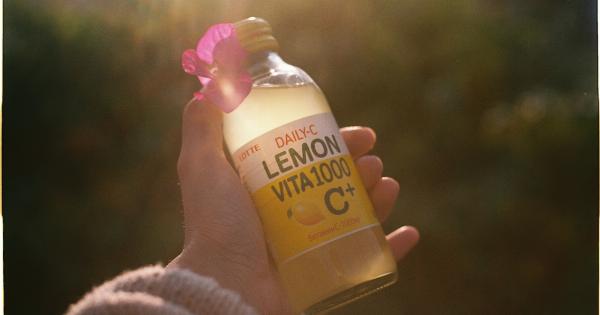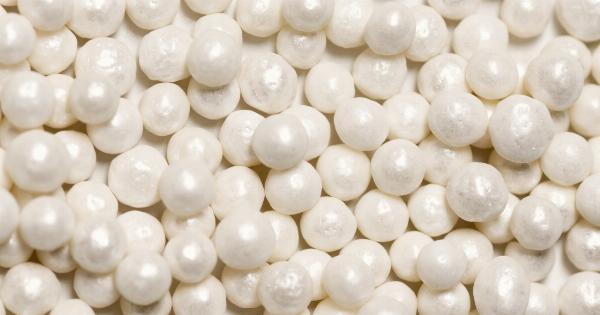Osteoporotic fractures are a serious concern for individuals, especially as they age. These fractures occur when the bones become weak and brittle due to a condition called osteoporosis.
The likelihood of experiencing an osteoporotic fracture increases with age, but there are effective strategies and lifestyle changes that can significantly reduce the risk.
Understanding Osteoporosis
Osteoporosis is a condition characterized by low bone density and deterioration of bone tissue. It weakens the bones and increases the risk of fractures.
As bone mass declines, the risk of osteoporotic fractures in areas such as the hips, spine, and wrists becomes higher.
Osteoporosis often goes undiagnosed until a fracture occurs, making prevention and proactive management crucial. It affects both men and women, although women are at a higher risk after menopause due to hormonal changes.
Bone-Strengthening Exercises
Regular exercise plays a significant role in maintaining bone density and reducing the risk of fractures. Weight-bearing and resistance exercises are particularly beneficial.
Weight-bearing exercises include activities where your body supports its weight against the force of gravity. These include walking, jogging, dancing, and hiking.
Resistance exercises involve working against a force or weight, such as lifting weights or using resistance bands.
Besides these, exercises that improve balance, stability, and coordination such as yoga and tai chi can also be beneficial. These exercises help prevent falls and minimize the risk of fractures.
Healthy Diet for Bone Health
A balanced and nutritious diet is essential for maintaining strong and healthy bones. Adequate intake of calcium and vitamin D is of utmost importance for maintaining bone density and reducing the risk of fractures.
Dairy products, such as milk, cheese, and yogurt, are excellent sources of calcium.
However, if you are lactose intolerant or follow a dairy-free diet, other sources like fortified plant-based milk, leafy green vegetables, tofu, and almonds can provide calcium. Vitamin D synthesis occurs naturally through exposure to sunlight, but dietary sources like fatty fish (salmon, sardines) and fortified foods can also contribute to your intake.
In addition to calcium and vitamin D, other nutrients like magnesium, phosphorus, zinc, and vitamin K are also important for bone health.
A well-balanced diet that includes a variety of fruits, vegetables, whole grains, lean proteins, and healthy fats can help ensure you get the necessary nutrients for strong bones.
Lifestyle Modifications
In addition to exercise and a healthy diet, certain lifestyle modifications can further reduce the risk of osteoporotic fractures:.
- Avoid smoking and limit alcohol consumption: Smoking and excessive alcohol intake can decrease bone density and increase the risk of fractures.
- Check medications: Some medications, such as corticosteroids, can weaken bones. Consult with your healthcare provider about potential effects and alternatives.
- Take precautions to prevent falls: Falls are a significant cause of fractures. Ensure walkways are clear, use safety rails when needed, and avoid loose rugs or cluttered areas that increase the risk of slipping or tripping.
- Regular check-ups: Routine check-ups with your healthcare provider can help monitor bone health and detect any signs of osteoporosis or deteriorating bone density early on.
Medical Interventions for Osteoporosis
In some cases, medical interventions may be necessary to reduce the risk of osteoporotic fractures. These interventions include:.
- Medications: Your healthcare provider may prescribe medications to slow down bone loss, increase bone density, and reduce the risk of fractures.
- Hormone therapy: In postmenopausal women, hormone therapy may be recommended to help maintain bone density. However, the decision to undergo hormone therapy should be made in consultation with a healthcare professional after weighing the potential risks and benefits.
- Assistive devices: If you have an increased risk of falls, your healthcare provider may recommend using assistive devices such as canes or walkers to improve stability and reduce the risk of fractures.
Conclusion
Osteoporotic fractures can significantly impact an individual’s quality of life, but the risk can be effectively reduced through various strategies.
Regular weight-bearing and resistance exercises, a healthy diet rich in calcium and vitamin D, lifestyle modifications to prevent falls, and appropriate medical interventions when necessary can all contribute to maintaining optimal bone health and reducing the risk of osteoporotic fractures.






























